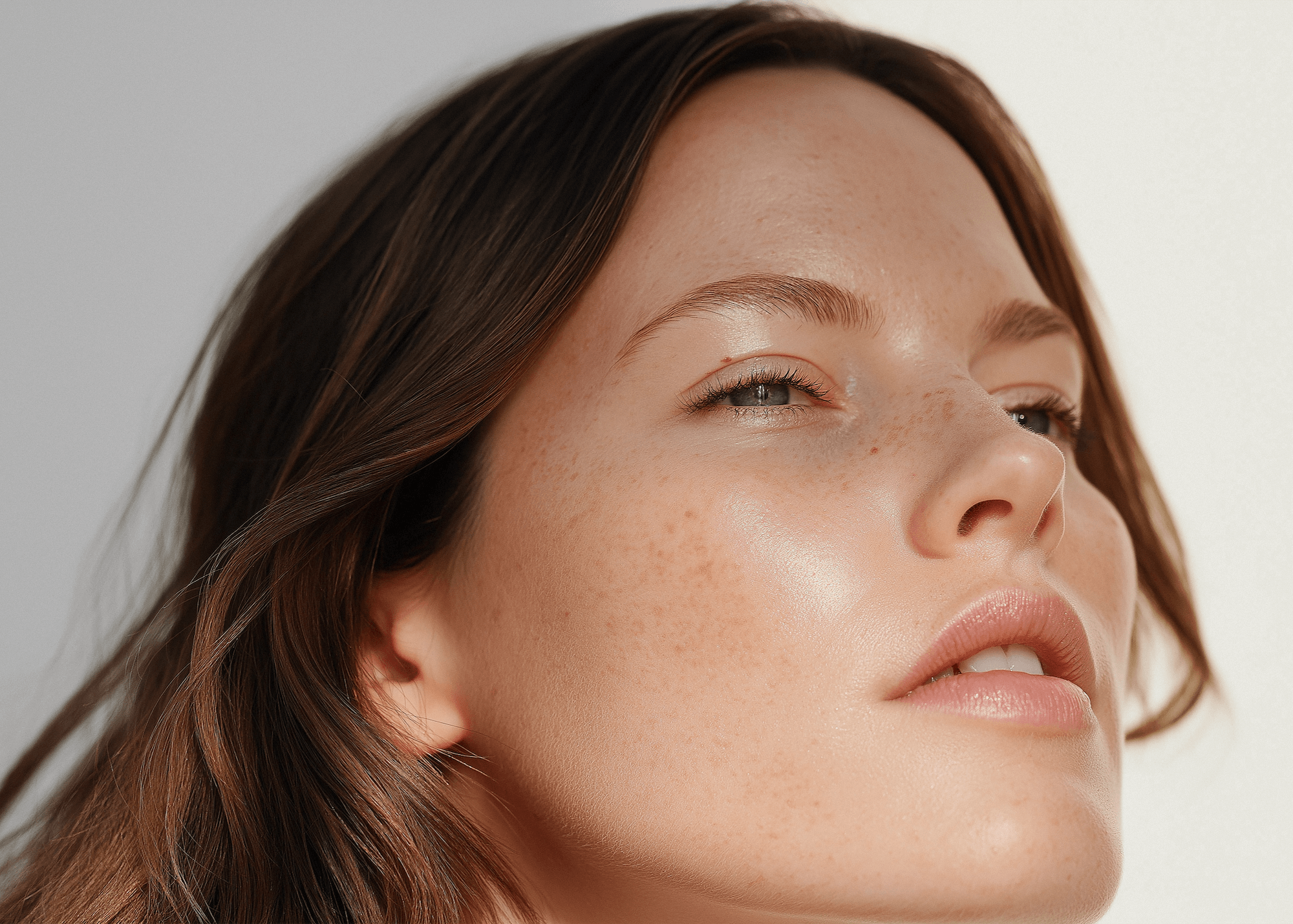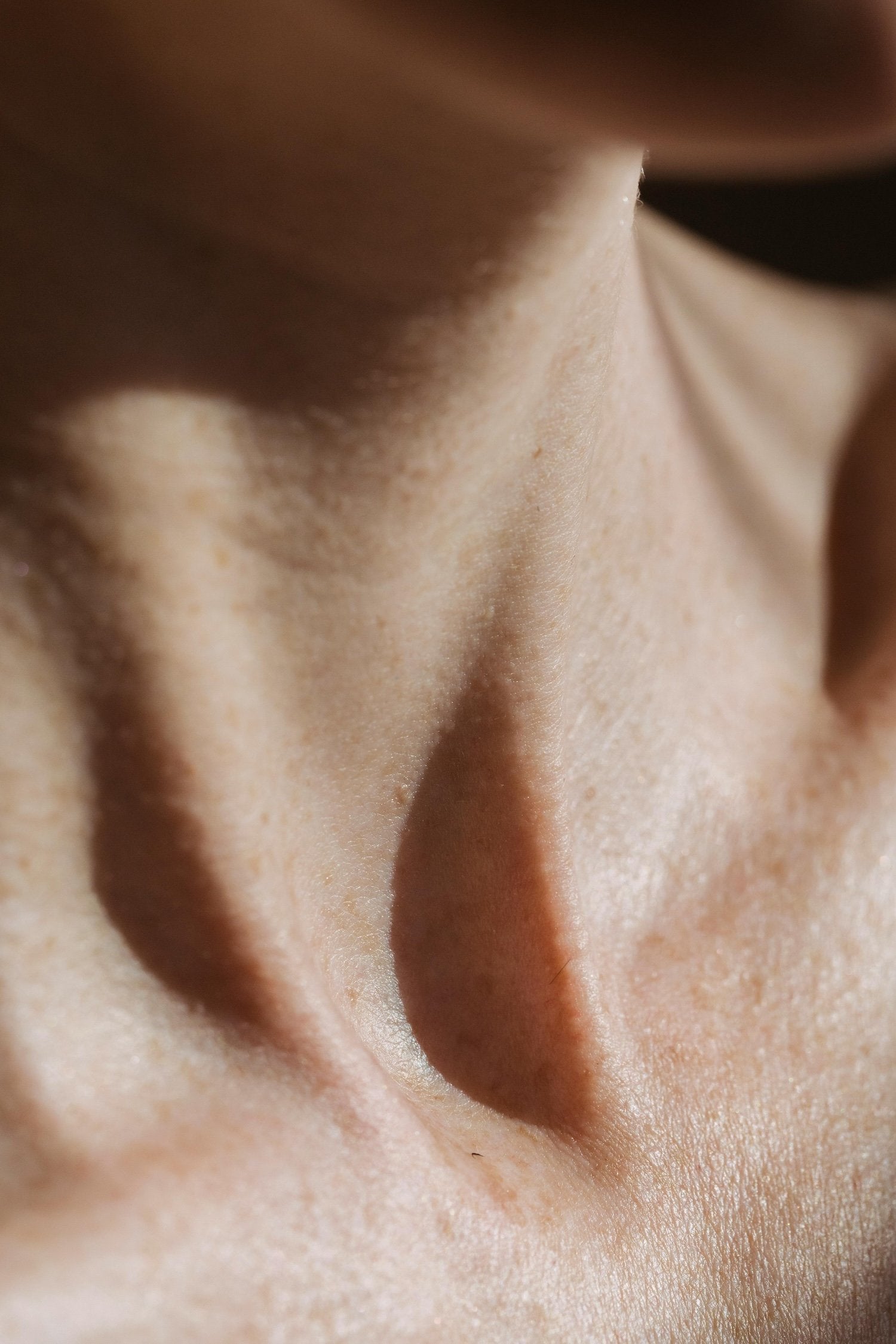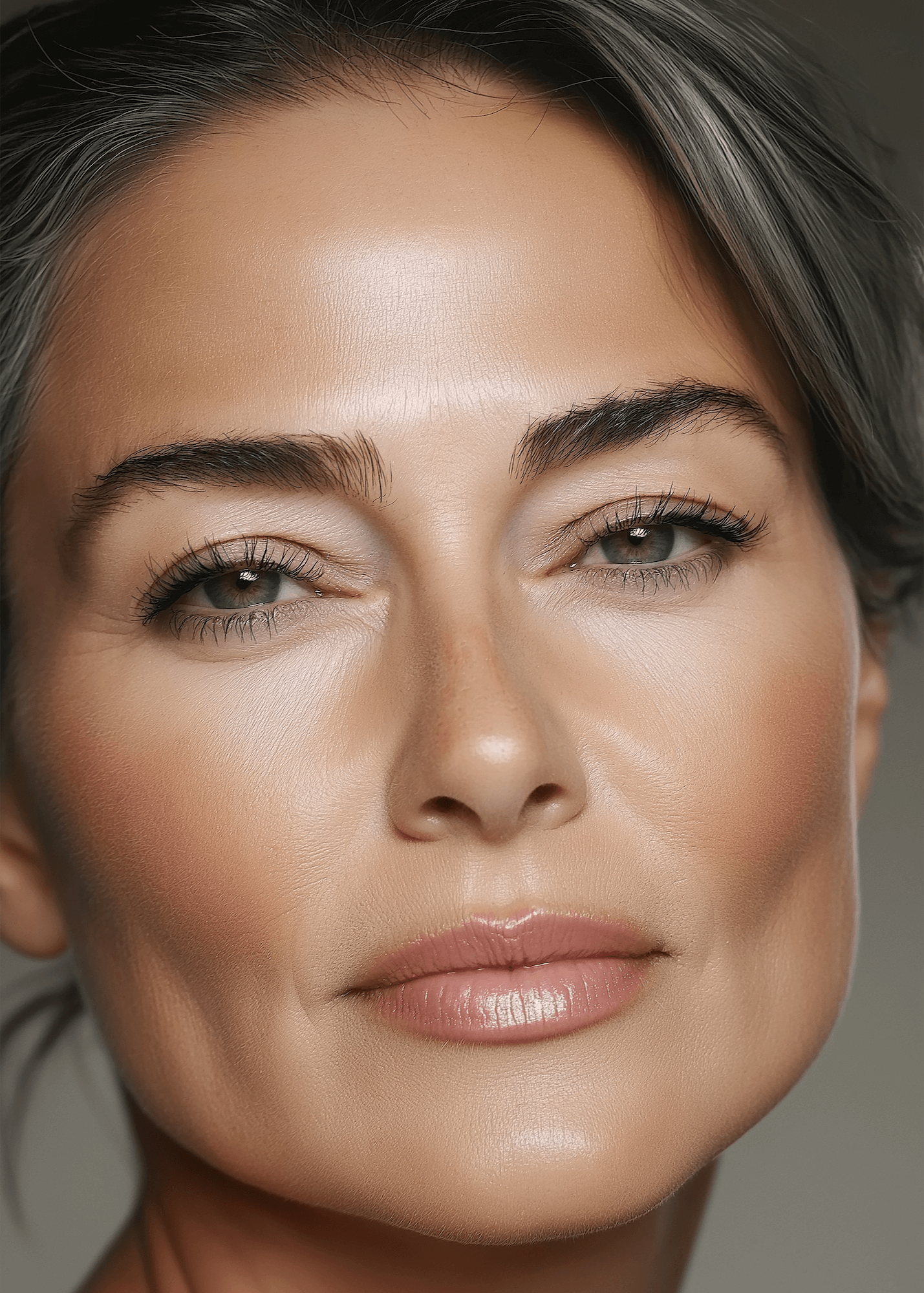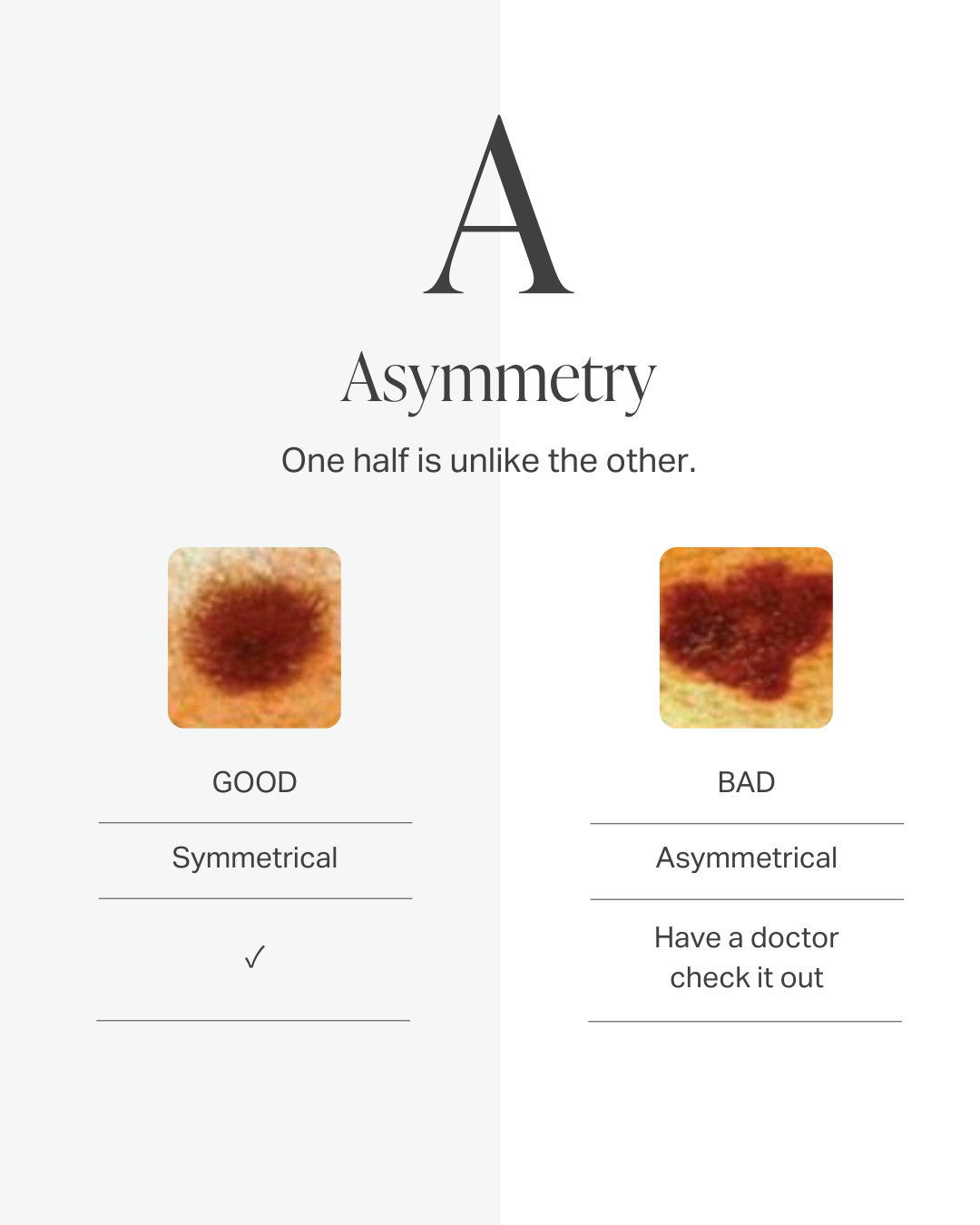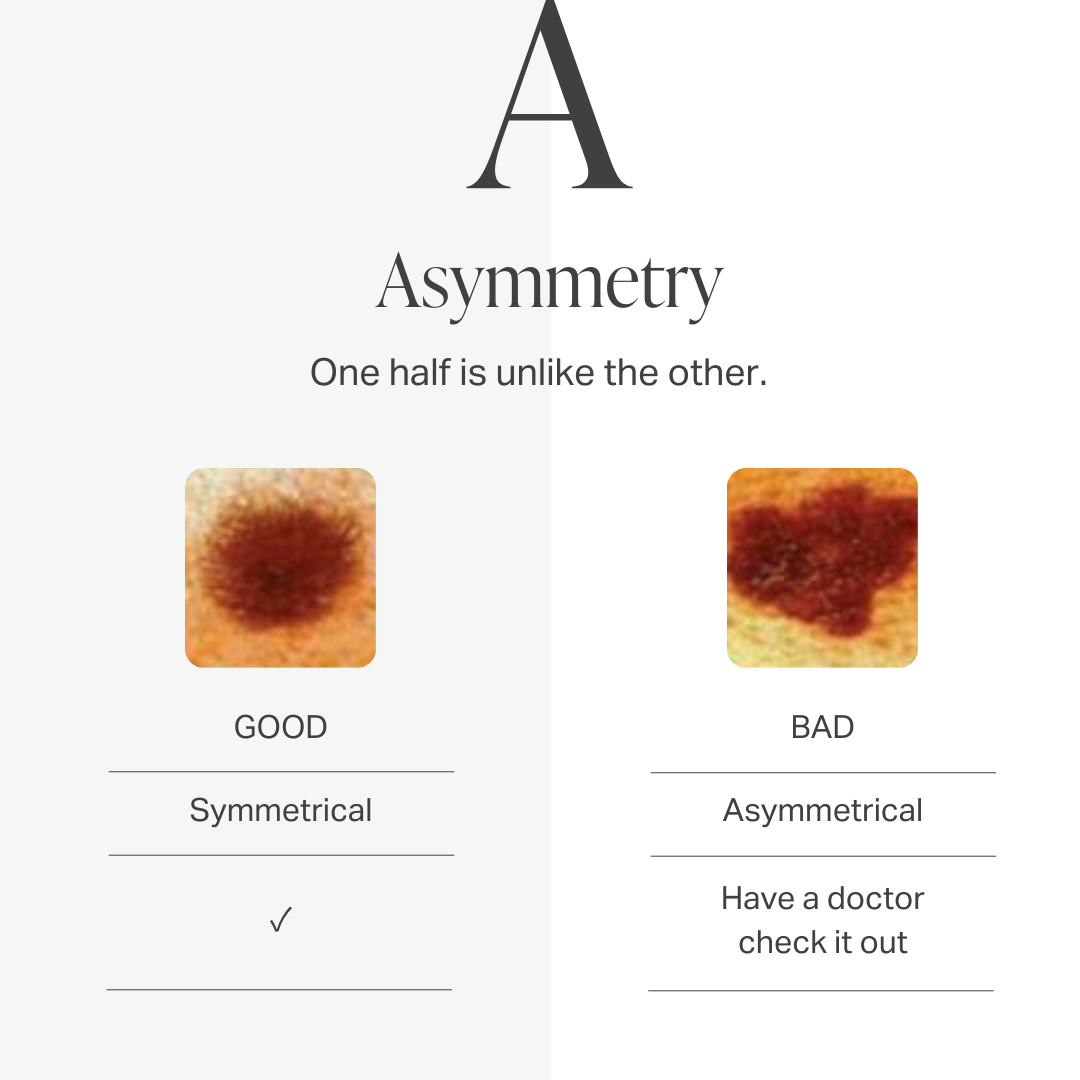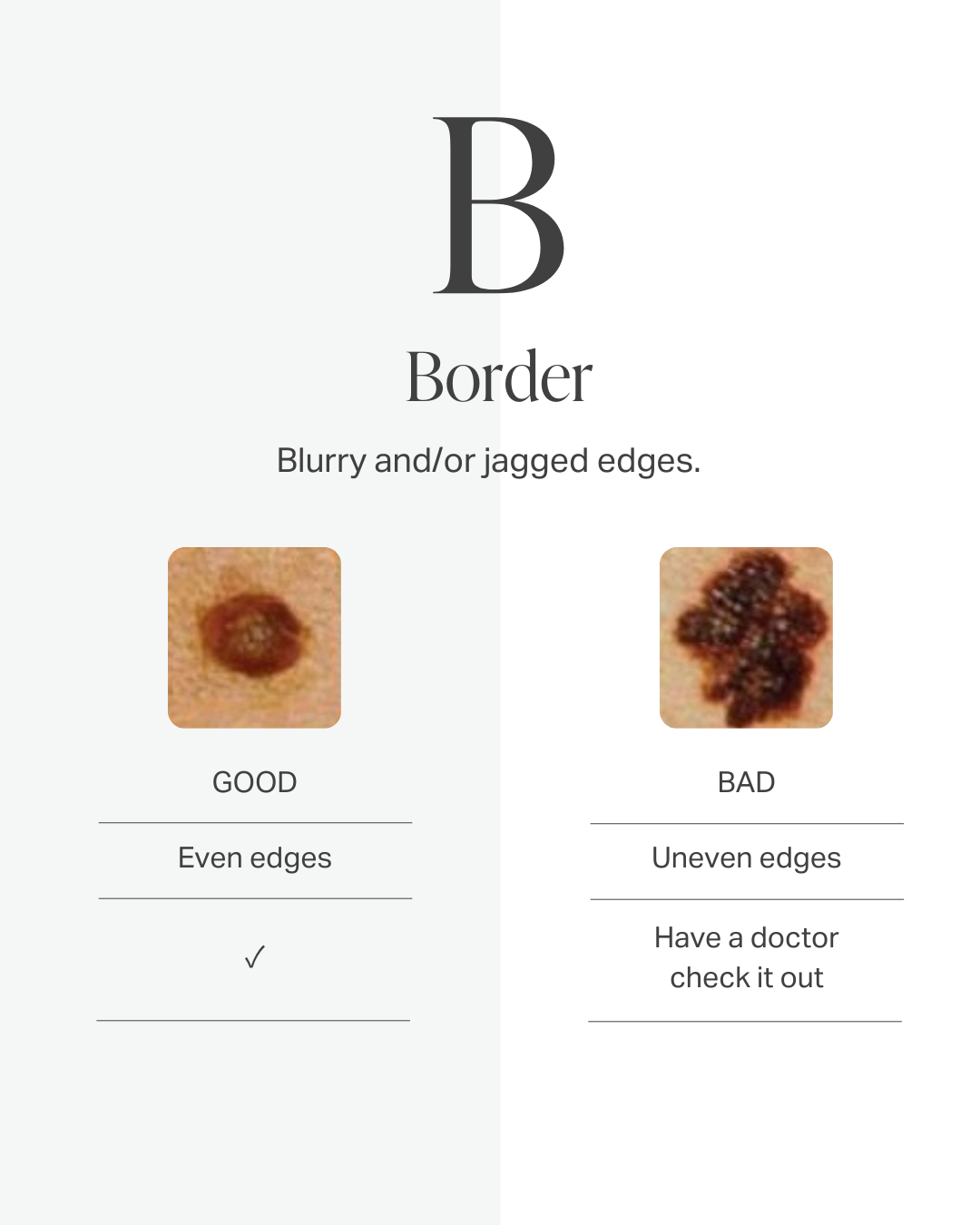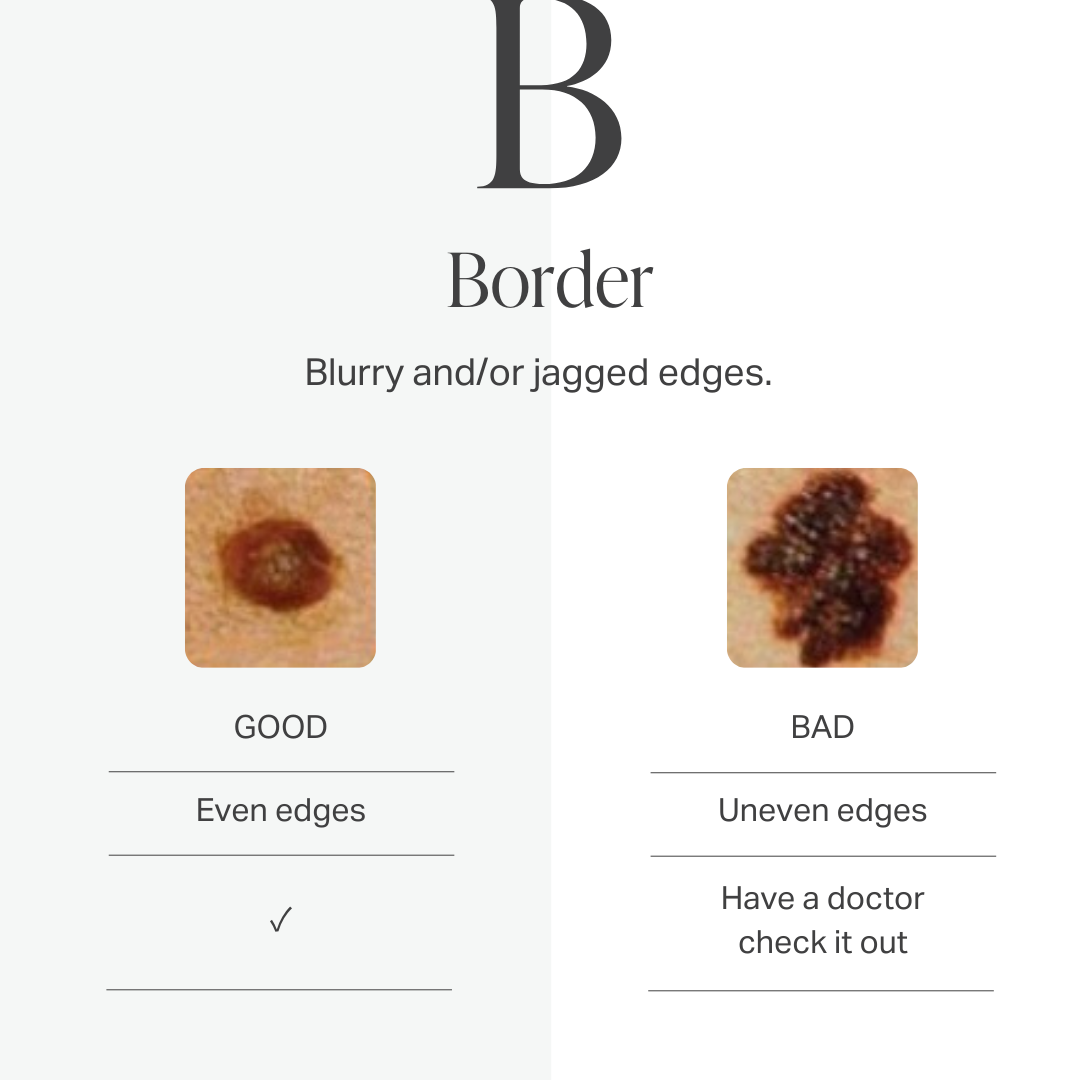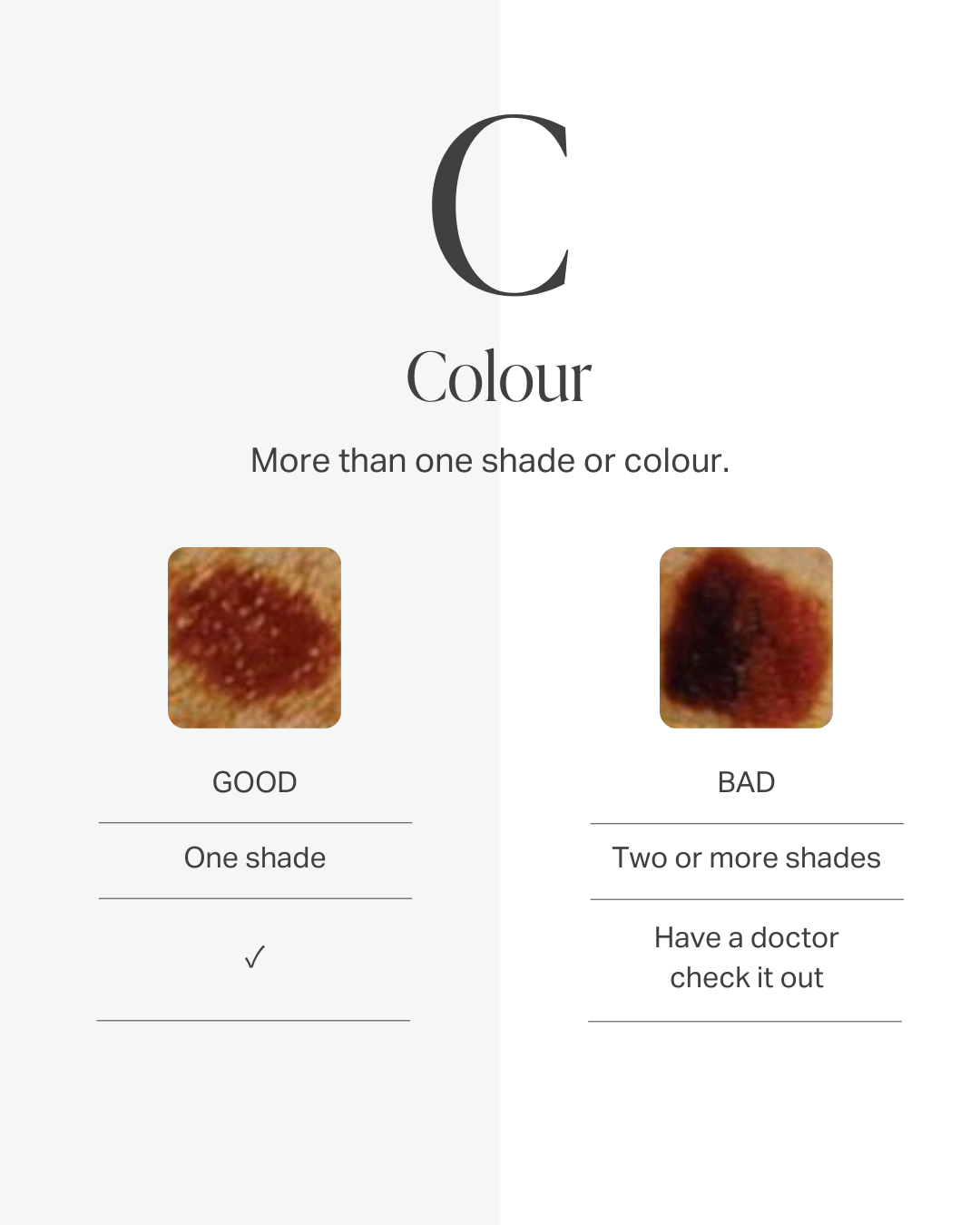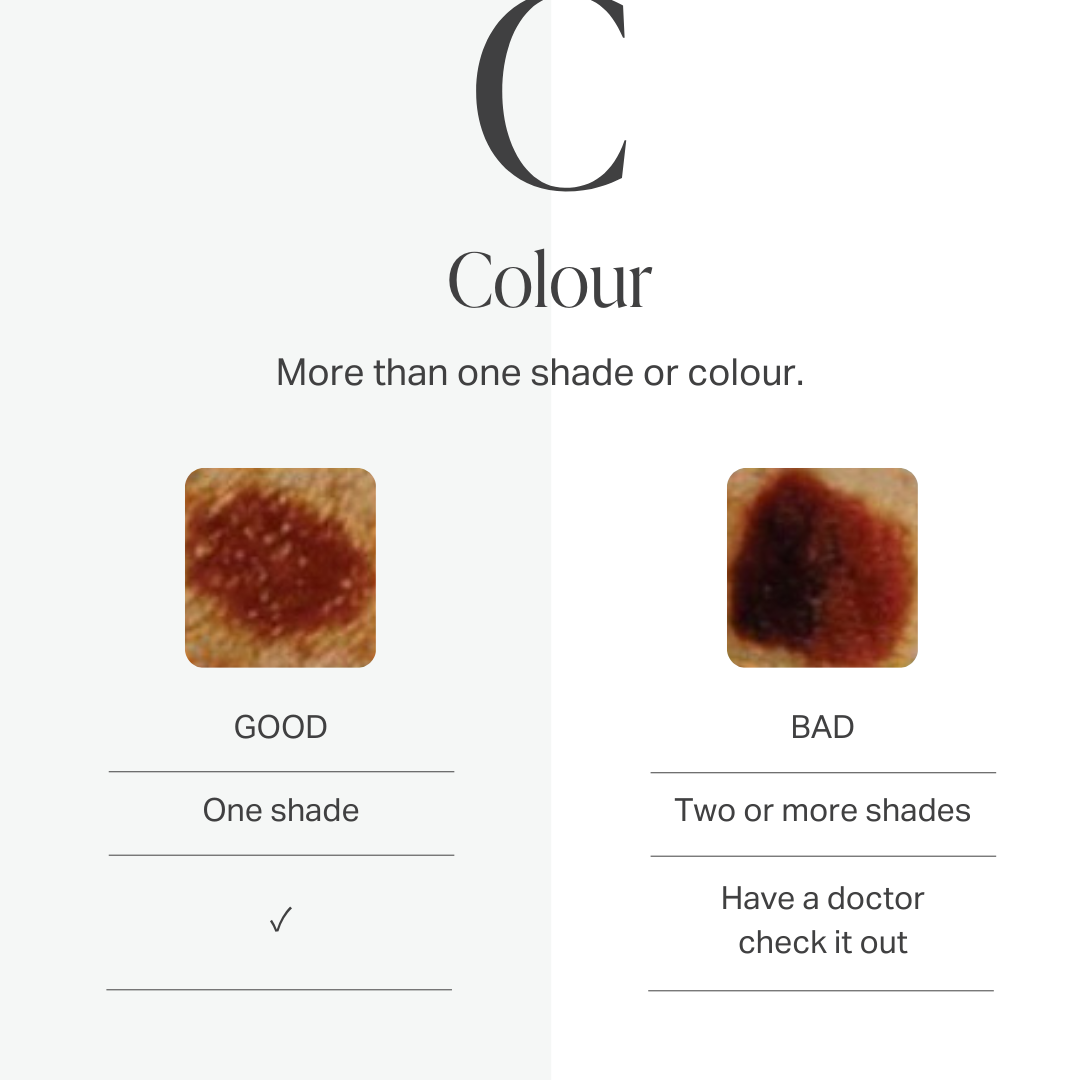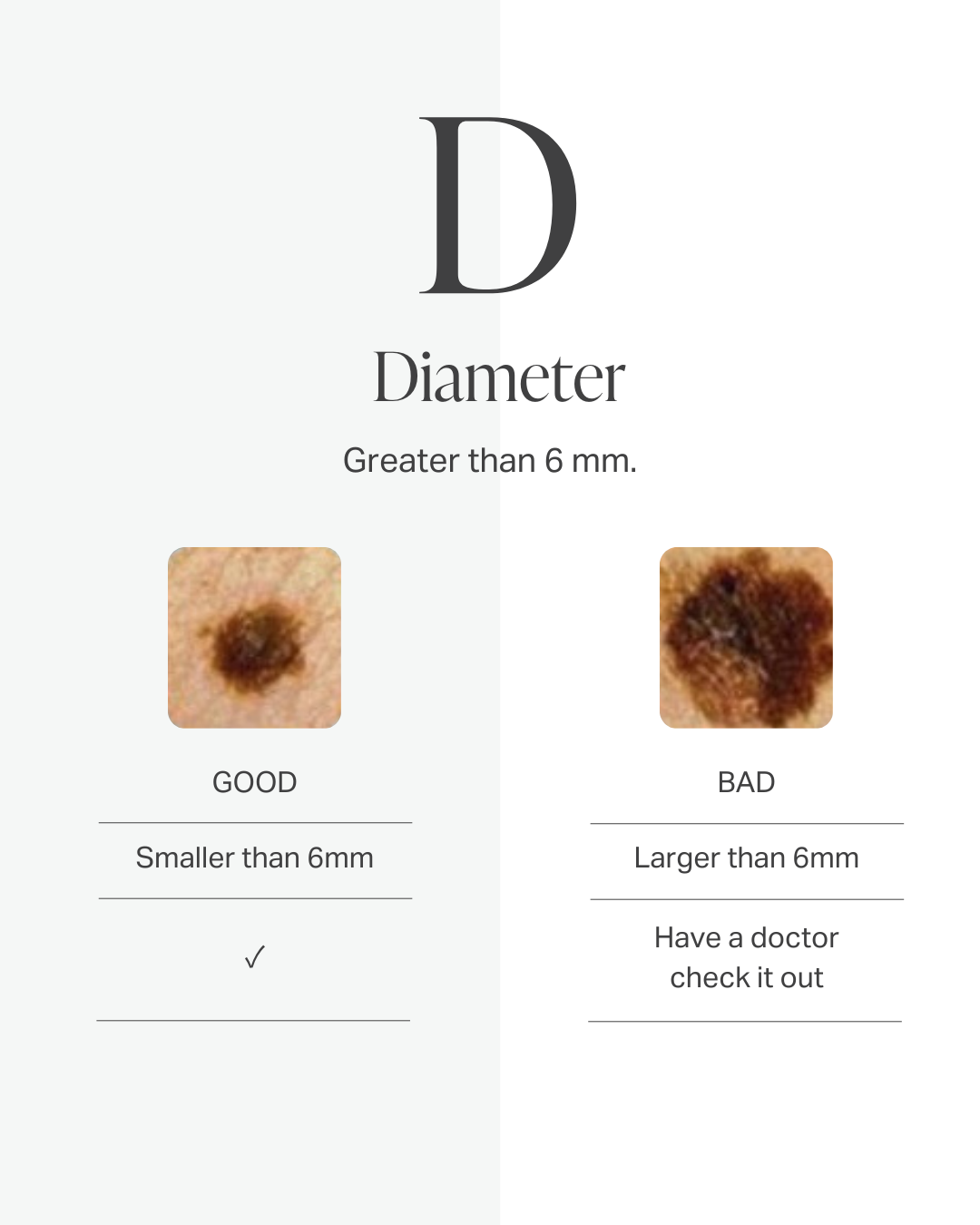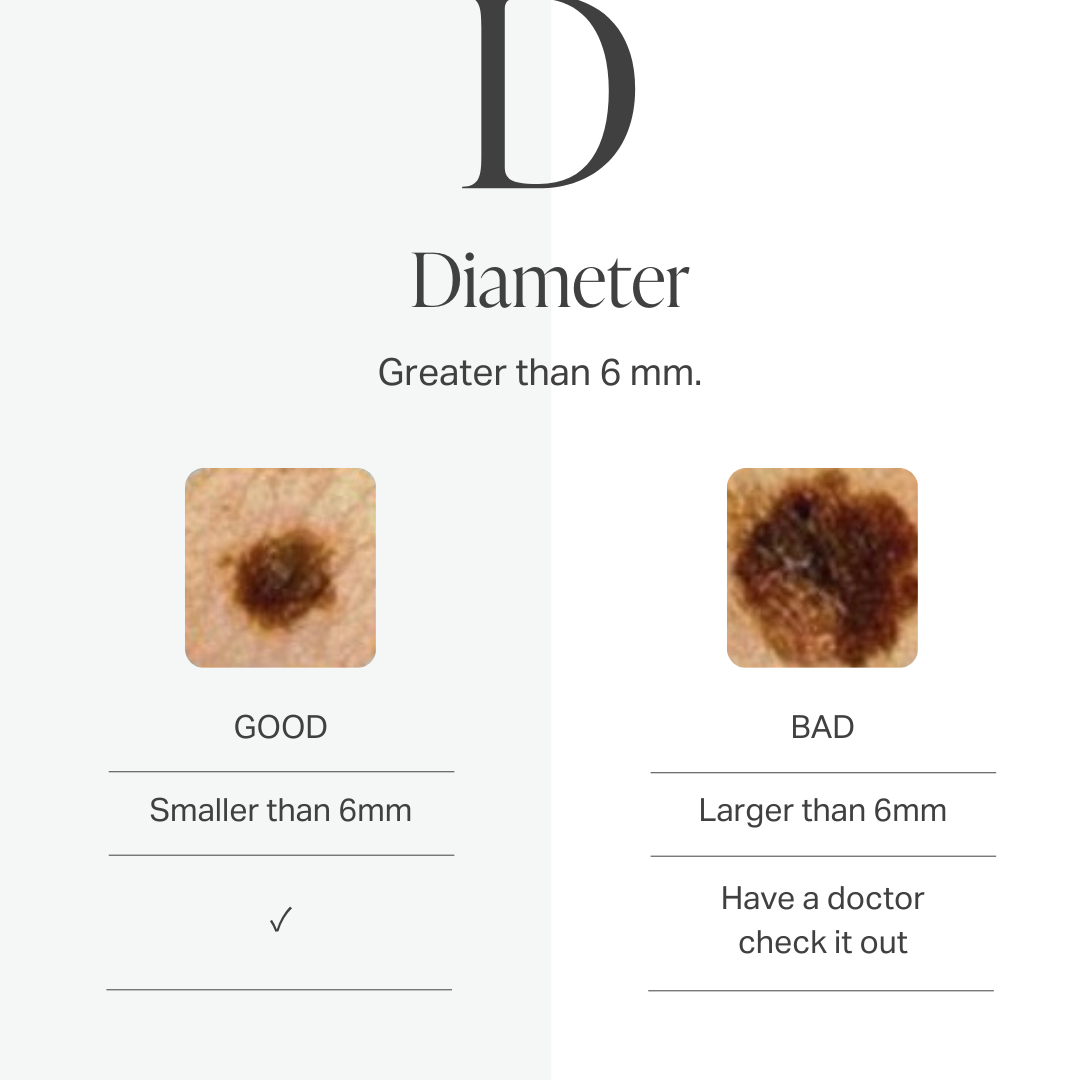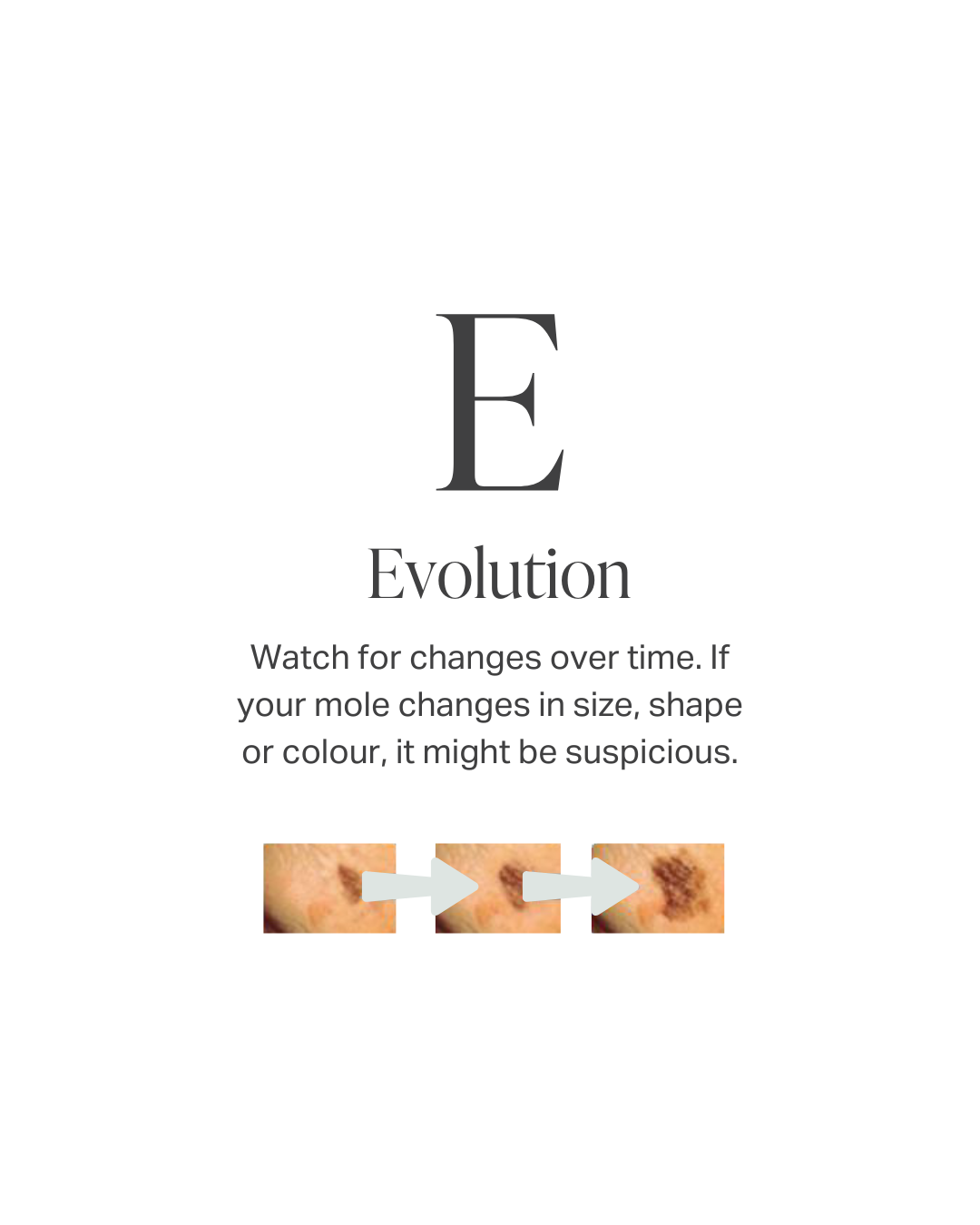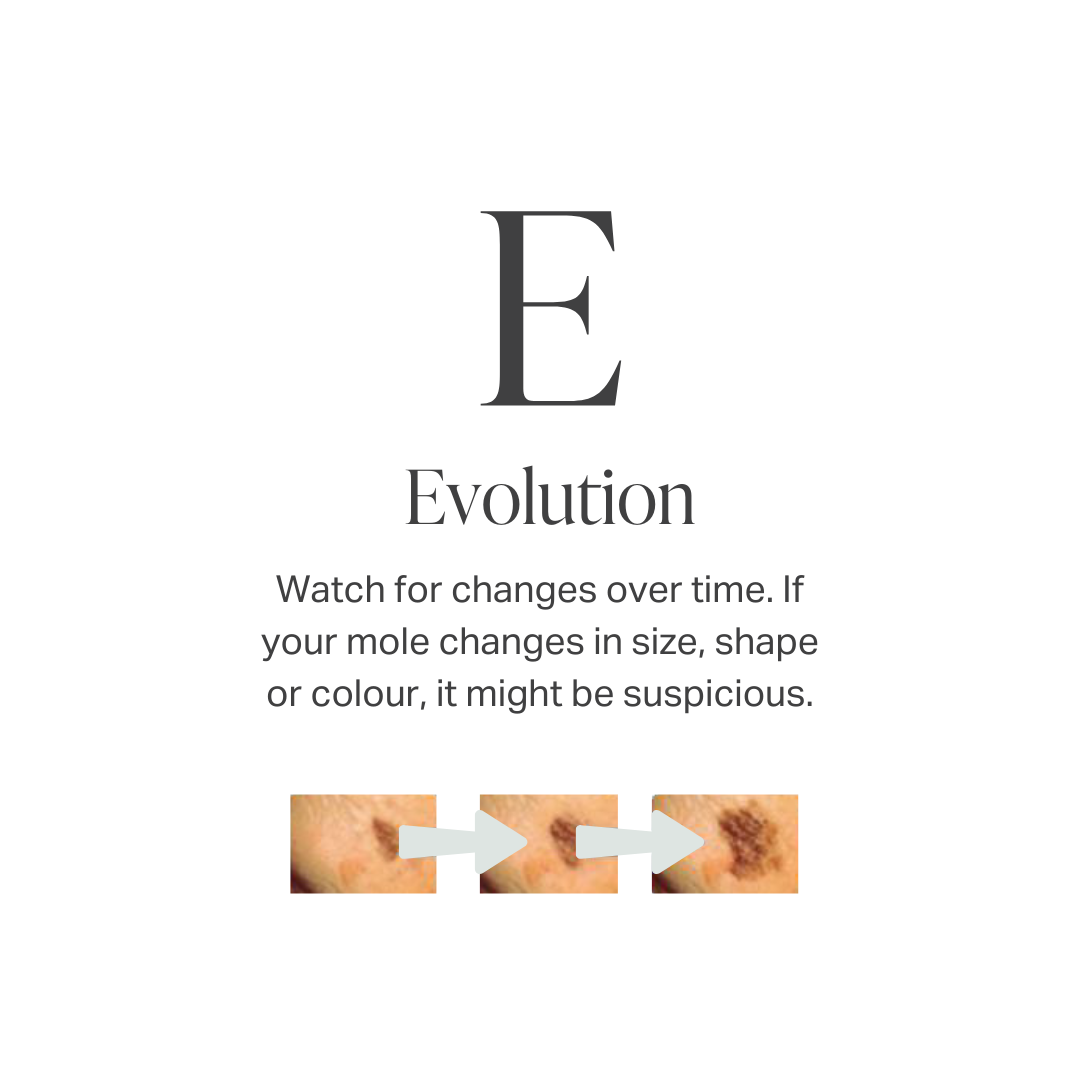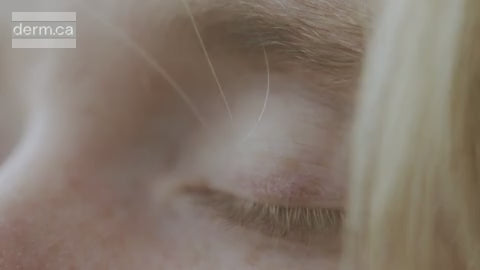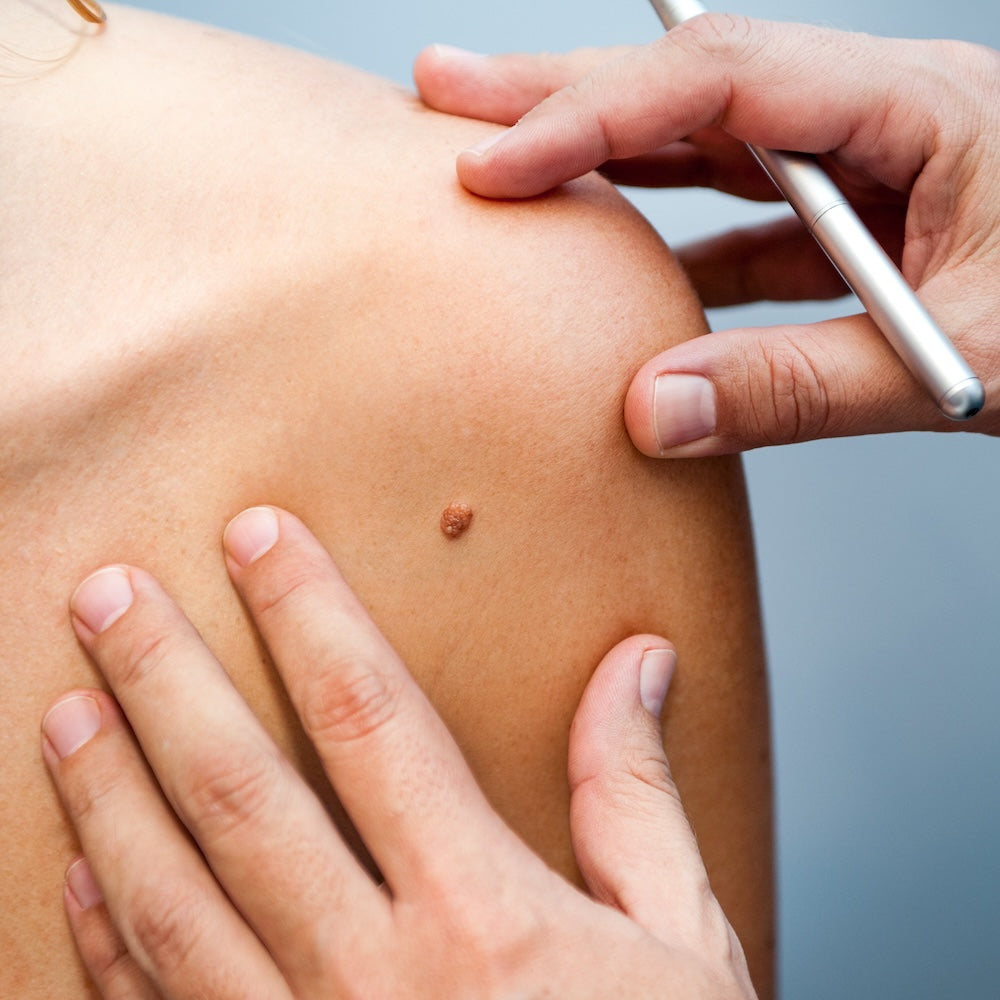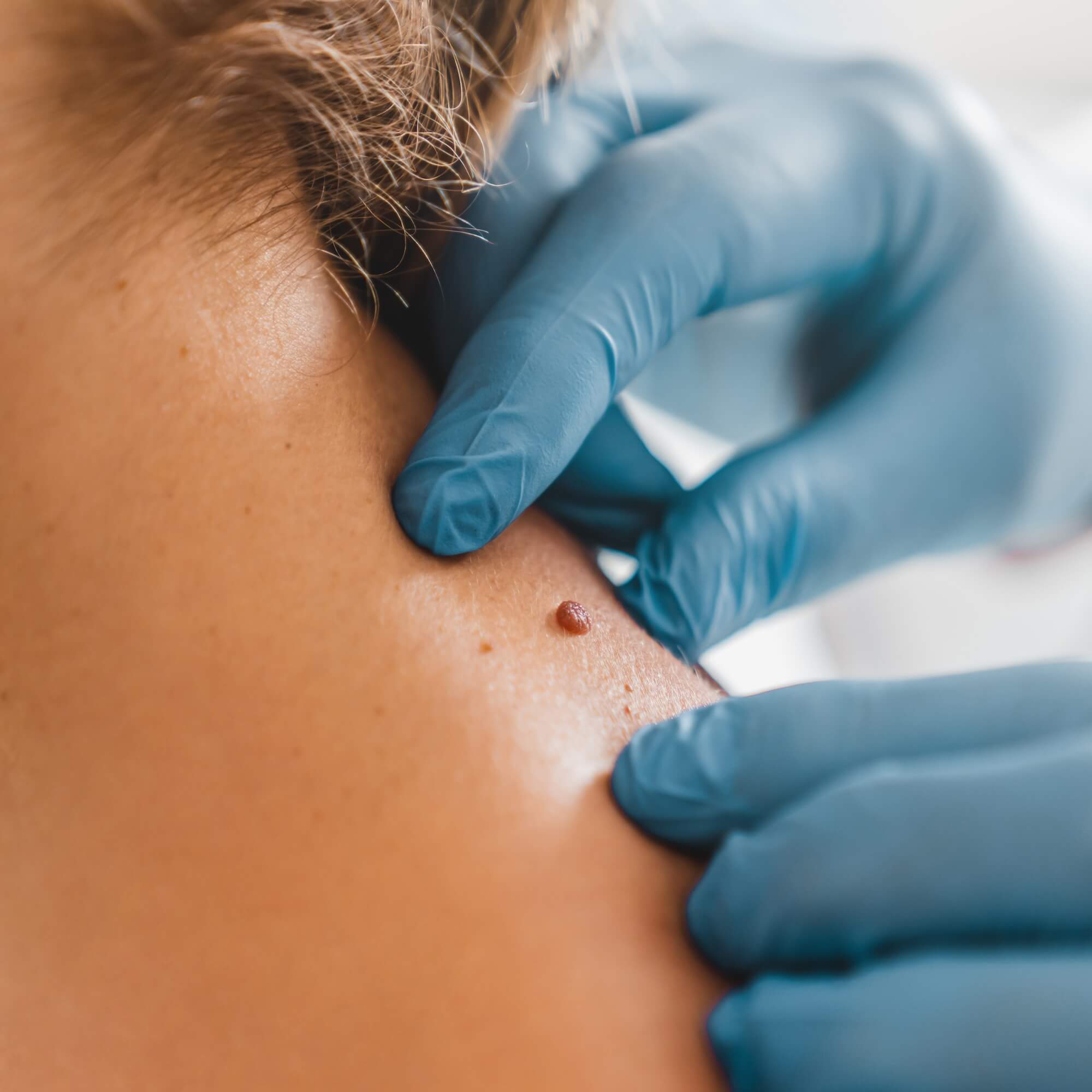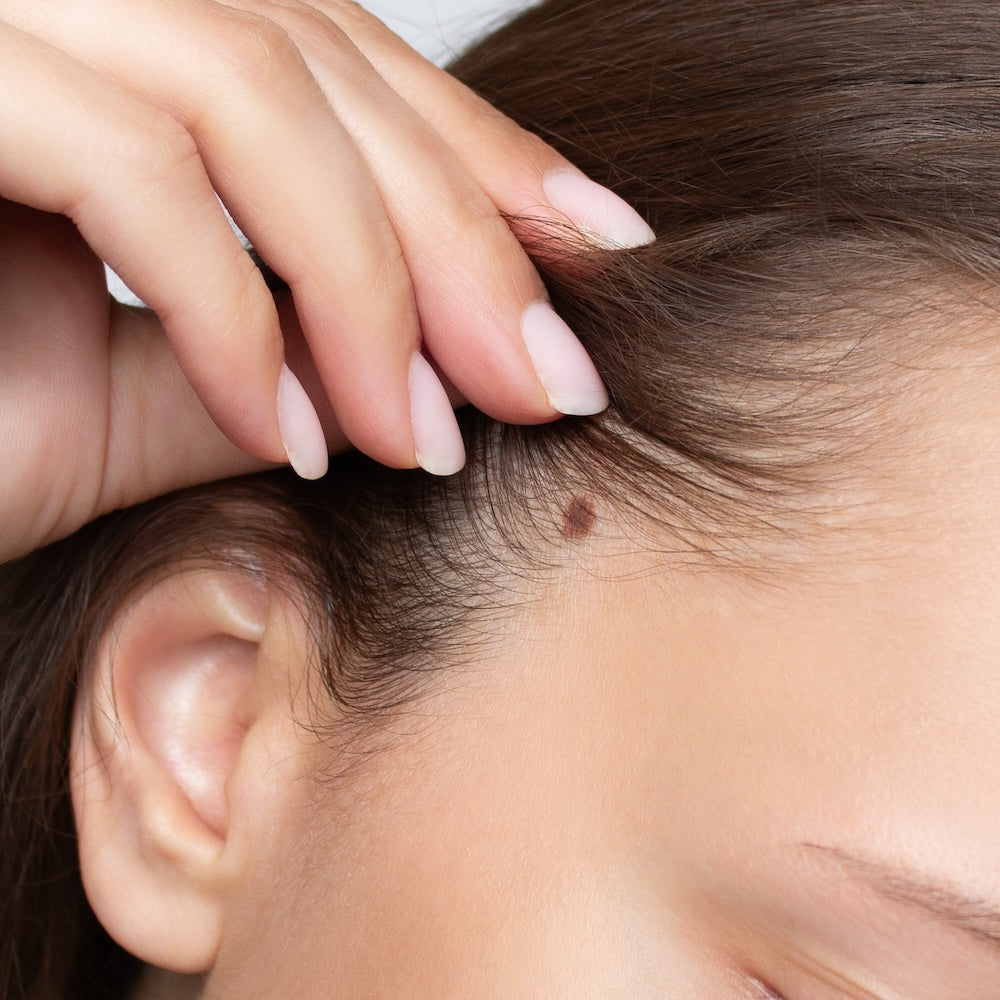Complete Skin Review
Dermatology is a medical specialty that is based onvisual pattern recognition.“To see a spot is to diagnose it” is a common expression by Dr. Alanen.
Dr. Alanen has performed over 140,000 skin checks over his long career. Skin cancers and pre-cancers have very characteristic appearances and the most important role of a dermatologist is to identify early lesions; this offers the best opportunity for cancer prevention and cure.
Dr. Alanen offers Complete Skin Review (CSR) – a comprehensive overview of your skin, taking into account your personal and family history of skin conditions, any spot that you are concerned about, and a thorough overview of your skin. Dr Alanen regularly epiluminescence dermoscopy during CSR and offers computerized facial imaging + / - mole mapping if this is deemed ideal.
What happens during a Complete Skin Review?
Dr. Alanen examines your skin paying particular attention for unusual moles, sun damage and precancerous sunspots. In some cases he may use a dermatoscope – a special dermatology developed device to magnify the skin and underlying structures to assist with the diagnosis.
If it is found that you have many moles, mole mapping may be recommended. If significant sun damage is noted on the face, Dr. Alanen may recommend subsurface high resolution computer analysis of your skin so as to quantify sun damage, blood vessel overgrowth, and pigmentation irregularities.
How long does a Complete Skin Review take?
Typically, Complete Skin Review takes only ten minutes or so.
Do I need a Complete Skin Review?
If you have a personal or family history of skin cancer, a history of sunburns or many suntans, fair skin, multiple moles, or fair hair, the answer is yes.
How reliable is a Complete Skin Review?
Very reliable. This relates to the intrinsic nature of dermatology being a visual pattern recognition – based specialty and sheer number of examinations that Dr. Alanen has performed over the years.
Will my concerns be addressed?
Yes.
What if a concerning spot is found?
Dr. Alanen may treat the lesion with cryotherapy (liquid nitrogen; “dry ice”) or remove (i.e. biopsy) the lesion.
Removal/biopsy can almost always be done on the same day as the Complete Skin Review — a very efficient system has been developed over the years that allows for this service.
Do you send tissue for pathology confirmation?
Yes. Every single time. The tissue is processed at the laboratory and mounted onto glass slides so that it can be examined and diagnosed under the microscope by the pathologist. Of note, Dr. Alanen is also a board-certified pathologist as well as subspecialty certified dermatopathologist. If your report has an equivocal "confusing" diagnosis, Dr. Alanen can review the specimen as part of his expert second opinion service.
Do you have an expert second opinion service?
No referral is needed.
Do I need a referral for a Complete Skin Review?
No referral is needed.
Is there a cost for Complete Skin Review?
A non-referred visit with dermoscopy examination is not covered by provincial insurance plans. A Complete Skin Review costs $300.
Mole Mapping
Mole mapping is recommended if you have a family history of skin cancer. If you have moles and you have been the victim of numerous sunburns, mole mapping is a wise choice. If you have any large moles, moles that have changed, or new moles that have appeared, mole mapping will help us keep track of what is happening with your skin.
Mole mapping works like creating a detailed map of your skin's landmarks and distinctive spots. This advanced technology accurately tracks moles and changes over time with extreme precision that can detect subtle changes before the human eye can see them. Every melanoma looks different but they all share one trait - they change over time. The mapping technology helps detect potentially dangerous lesions at the earliest stage while avoiding unnecessary biopsies of stable, unchanging spots.
Mole mapping involves taking detailed high-resolution photos of all your moles, including hard-to-reach areas, then monitoring them over time through regular appointments.
What is mole mapping and how does it work?
Mole mapping involves taking detailed images of your moles and tracking them over time for any changes. This helps in early detection of potential skin cancers.
How accurate is mole mapping?
Mole mapping is highly accurate and effective for detecting skin cancer, particularly melanoma. However, it should complement, not replace, regular skin exams by a healthcare provider.
Is mole mapping safe and painless?
Yes, mole mapping is a safe, non-invasive, and painless procedure. It involves taking high-resolution images of your skin and moles.
Can mole mapping be used on all skin types?
Yes, mole mapping works on all skin types and tones, providing accurate monitoring for everyone.
Is mole mapping covered by insurance?
Coverage for mole mapping varies by insurance plan. Check with your provider to determine your coverage.
Can mole mapping be used on children?
Yes, mole mapping can be used for children. While skin cancer is rare in children, monitoring moles is important for those with many moles, significant sun exposure, or a family history of skin cancer. Early detection through regular check-ups with a dermatologist can help catch potential issues early.
How long does a mole mapping appointment take?
A mole mapping appointment typically takes about 45 minutes, including image capture and review.
How should you prepare for a mole mapping appointment?
No preparation is required for mole mapping.
Can mole mapping detect all types of skin cancer?
Mole mapping is highly effective at detecting melanoma but may not catch other types of skin cancer like basal cell carcinoma or squamous cell carcinoma as easily. Regular skin checks are essential.
Don't forget, skin care is a lifetime obligation. It involves making intelligent decisions such as applying sunscreen and getting routine mole examinations. So, keep a close watch on your skin - it might just save your life.
How frequently should I have my skin examined?
Check your skin once a month and schedule a yearly appointment with a dermatologist. If you're at higher risk due to factors like fair skin, many moles, freckles, or a family history of skin cancer, you may need more frequent check-ups. Typically, mole mapping is recommended twice a year at first, then annually if you are not at high risk.
Do I need a referral?
No referral is needed for mole mapping.
The ABCDE Approach
The "ABCDE" approach is a useful way to follow your moles. Be aware, however, that many serious moles may not violate these criteria. Also, many moles do indeed violate these rules but are biologically innocent. Have your skin checked by an authentic expert dermatologist.
Tap to Listen & Learn More About Mole Mapping



